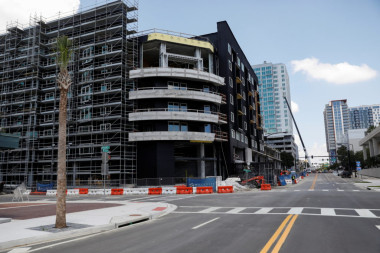Biggest apartment construction boom in decades likely to bring renters uneven relief
When viewed through a wide lens, renters across the U.S. finally appear to be getting some relief, thanks in part to the biggest apartment construction boom in decades.
